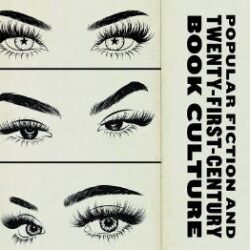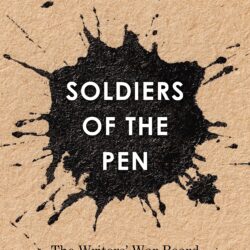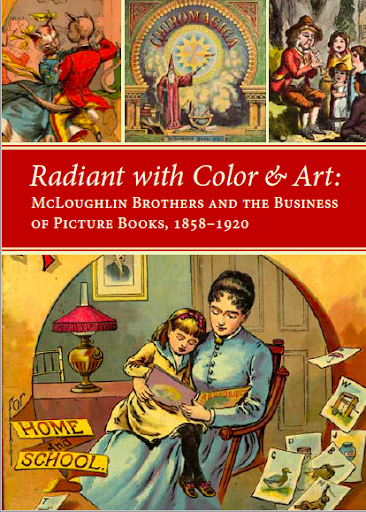In 2017, I reviewed Jeremy Rosen’s exploration of genre and late 20th/21st century publishing in Minor Characters Have Their Day for SHARP News. So it seems only fitting that 5 years later I have the opportunity to review Genre Worlds: Popular Fiction and Twenty-First-Century Book Culture by Kim Wilkins, Beth Driscoll, and Lisa Fletcher. Genre Worlds is a more expansive examination of genre in popular fiction than the work of Rosen and many others, and provides an important framework for the study of genre fiction. Genre Worlds follows an organizational structure that addresses the theory of genre worlds, relationship to the publishing industry, transnational and transmedia genre worlds, community and creativity, genre sociality (online and in-person), the texts themselves, concluding with genre worlds and change.
Tag: 20th century
Heather G. Cole and R.W.G. Vail. Theodore Roosevelt: A Descriptive Bibliography .
Heather G. Cole is the Head of Special Collections Instruction and Curator of Literary and Popular Culture Collections at Brown University’s John Hay Library; from 2012 to 2017 she was the Curator of the Theodore Roosevelt Collection at Harvard University. She has continued the work done by R.W.G. (Robert William Glenroie) Vail. He was the Librarian at the museum created by the Roosevelt Memorial Association, after Roosevelt’s death, on the site of his childhood home on 20th Street Manhattan (today the Theodore Roosevelt Birthplace National Historic Site). Vail had first started putting together as many documents on Roosevelt as possible. Later, he decided to begin writing a bibliography of all of Roosevelt’s works. During the 1920s, he wrote to publishers, collaborators and booksellers to find out as much as he could on these works. He could not complete and publish the bibliography, he started working for the New York Public Library in 1937. His work was “recovered” by Heather Cole and brought back to life; what she managed to do was to make all the work previously done, plus new information and research, available to readers and researchers.
Amy Hildreth Chen. Placing Papers: The American Literary Archives Market.
If you are tired of taking acquisition adventures from librarian and bookseller memoirs as proof of the larger trends at play within the literary archives market, this is the book for you. Chen’s pithy study takes us through the views of each stakeholder connected to a typical American literary archival collection, from creator to end user, mainly through both quantitative and qualitative examples using her meticulous dataset of those authors included in the seventh edition of The Norton Anthology of American Literature (hereafter NAAL).
Howell, Thomas. Soldiers of the Pen: The Writers’ War Board in World War II.
Thomas Howell’s study of the Writers’ War Board (WWB) joins the likes of Janice Radway’s A Feeling for Books on the Book-of-The-Month Club (1997) and the more recent work of Eric Bennett on American writing workshops (2015) and Sarah Brouillette in UNESCO and the Fate of the Literary (2019) in presenting the reader with a sustained study of an institution and its history, ideology, and material effects. Howell makes use of archival materials from the Library of Congress, Boston College, and elsewhere to recreate this history…
Lauren B. Hewes and Kayla Haveles Hopper, eds., Radiant with Color & Art
“What’s the use of an exhibition catalog,” Alice might well have said to herself, “if it doesn’t have beautiful pictures and brilliant essays?” This catalog of the McLoughlin Brothers’ more than sixty years of publishing children’s books, games, and toys surely would have delighted little Alice. The first third of the book consists of three well-written informative essays and the last two thirds make up the illustrated exhibition catalog itself. The items were drawn primarily from the holdings of the American Antiquarian Society with help from private collectors Linda F. and Julian L. Lapides, Richard Cheek, and the George M. Fox Collection at the San Francisco Public Library. ☛ ☞





